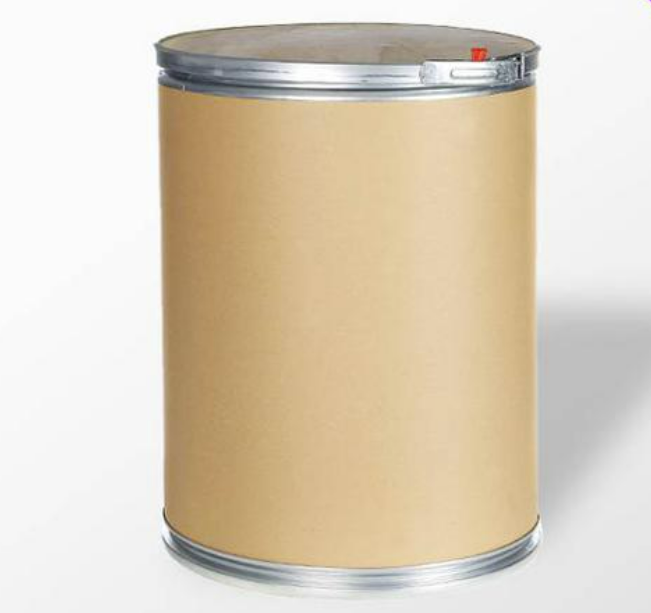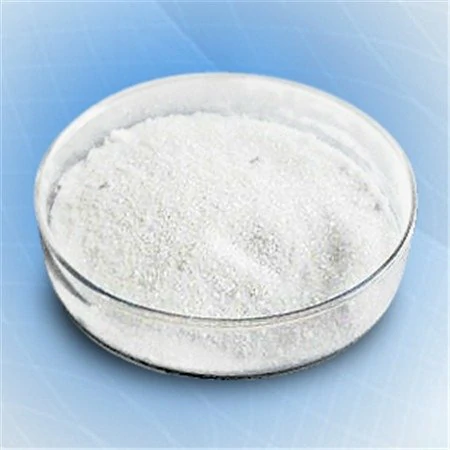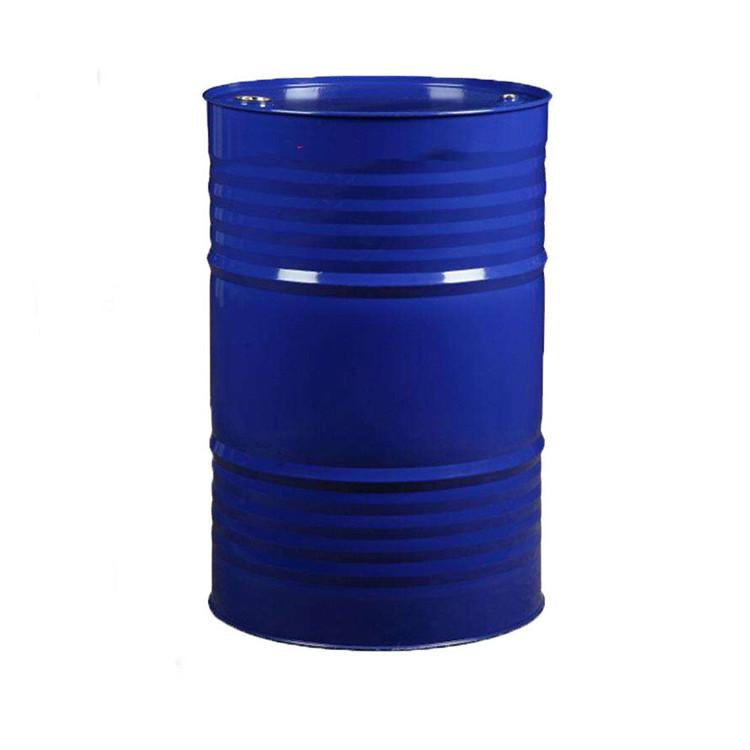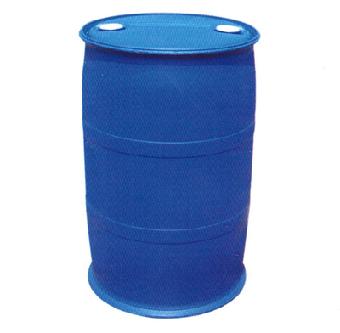Intermediates
Cationic Dyes
Pigment Black
Sulfur Dyes
Ingrain Dyes
Others
Pigment Orange
Solvent Dyes
Pigment
Vat Dyes
Dye Intermediates
Pigment Brown
Dyestuff
Pigment Violet
Dispersive Dyes
Other Dyes
Pigment Red
Pigment Yellow
Metallic Pigment
Pigment White
Reactive Dyes
Acid Dyes
Direct Dyes
Pigment Green
Basic Dyes
Nitrogen Compounds
Pigment Blue
Pearlescent Pigment
CAS:535-80-8
Molecular Formula:C7H5ClO2
Alias
More Information
M-Chlorobenzoic Acid; 3-Chloro-Benzoic acid; Acido m-Clorobenzoico; meta-Chlorobenzoic acid; 3-Cholro-Benzoate; m-Chloro Benzoic acid
Brief Introduction
3-chlorobenzoic acid is used in organic synthesis, medicine and dye intermediates.
Suppliers
View More Vendors (2) >
CAS:535-87-5
Molecular Formula:C7H8N2O2
Alias
More Information
1,3-Diaminobenzene-5-Carboxylic Acid; 3,5-Diaminobenzoic acid (DABA); 1-Carboxy-3,5-Diaminobenzene; 3,5-DABA; Benzoic Acid,3,5-Diamino; 3,5-Diamino Benzoic Acid; 5-Carboxy-M-Phenylenediamine; 3,5-Diaminobenzoesaeure; 3,5-Diaminobenzoicacid; Diaminobenzoic Acid; 5-Carboxybenzene-1,3-Diamine, 5-Carboxyphenylene-1,3-Diamine; 3,5- Twoaminobenzoic Acid
Brief Introduction
It is an important chemical intermediate, which can be used to synthesize various pharmaceutical and dye products
Suppliers
View More Vendors (2) >
CAS:541-73-1
Molecular Formula:C6H4Cl2
Alias
More Information
Iazine; 1,3-Diazin; 1,3-Diazine; Metadiazine; M-Diazine; Miazine; Meta-Dichlorobenzene; Pyrimidin; Antipyrimidine; Benzene, 1,3-Dichloro-; 2,4-Dichloro-Benzene; Pyrimidine Acid; 2,6-Dichlorobenzene; 3,5-Dichlorobenzene; 1,4-Dichlorobenzene; M-Phenylene Dichloride; m-Dichlorobenzene
Brief Introduction
1,3-Dichlorobenzene is an organic compound with the formula C6H4Cl2. It is the least common of the three isomers of dichlorobenzene, it is a colorless liquid that is insoluble in water. It is produced as a minor byproduct of the chlorination of benzene, but can also be prepared in a directed manner by the Sandmeyer reaction of 3-chloroaniline. It also arises from the isomerization of the other dichlorobenzenes at high temperature.Used in organic synthesis. The Friedel-Crafts reaction between m-dichlorobenzene and chloroacetyl chloride yields 2,4,ω-trichloroacetophenone, which is used as an intermediate for the broad-spectrum antifungal drug miconazole. The chlorination reaction is carried out in the presence of ferric chloride or aluminum mercury, and 1,2,4-trichlorobenzene is mainly produced. In the presence of a catalyst, it is hydrolyzed at 550-850°C to produce m-chlorophenol and resorcinol. Using copper oxide as a catalyst, it reacts with concentrated ammonia at 150-200°C under pressure to generate m-phenylenediamine. 2. Used in dye manufacturing, organic synthesis intermediates and solvents.
Suppliers
View More Vendors (2) >
CAS:5470-11-1
Molecular Formula:NH2OH·HCl
Alias
More Information
Oxammonium Hcl; Oxammonium Hydrochloride; Hydroxyaminehydrochloride; Hydroxylaminechloride; Hydroxylamine Hcl
Brief Introduction
Hydroxylamine hydrochloride is white acicular crystal, easy to deliquescence, soluble in water, ethanol and glycerol, insoluble in ether. Hydroxylamine hydrochloride is an important organic chemical intermediate, which is mainly used in the preparation of oxime in organic synthesis, such as the intermediate of sulfamethoxazole in pharmaceutical industry and the intermediate of indigo in synthetic dye industry. As hydroxylamine hydrochloride has good reducing effect, it is often used as reducing agent in industry, such as antioxidant and antioxidant of fatty acid and soap in oil industry.
Suppliers
View More Vendors (2) >
CAS:551-93-9
Molecular Formula:C8H9NO
Alias
More Information
2-Amino Acetophenone; 1-(2-Aminophenyl)-Ethanone; 2-Acetylaniline; O-Acetylaniline; Fema 3906; O-Aminoacetophenone; Ortho-Aminoacetophenone; 2'-Aminoactophenone; O-Aminoacetylbenzene; 1-(2-Aminophenyl)Ethanone
Brief Introduction
O-aminoacetophenone is an aromatic compound containing a ketone substituted by an alkyl group and a phenyl group. In the detection of Pseudomonas aeruginosa infection in cystic fibrosis lung, o-aminoacetophenone can be used as a biomarker of respiratory system.
Suppliers
View More Vendors (2) >
Inquiry (
10
/ 10
)
Clear All
Sign In
Error!





